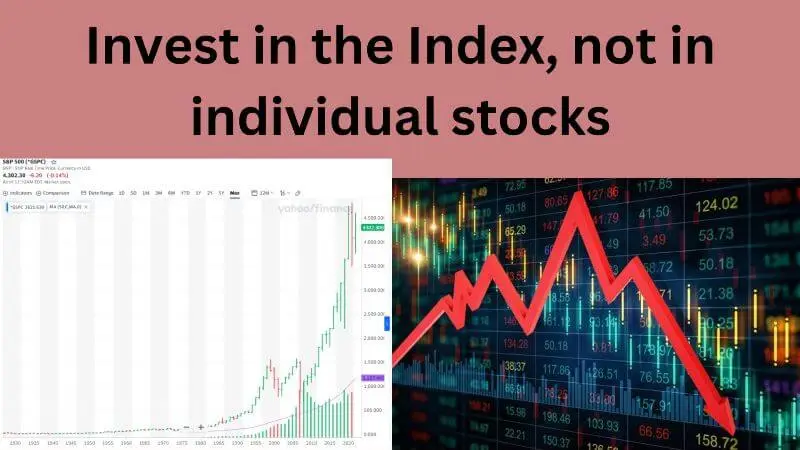By Dale Roberts
Special to Financial Independence Hub
There is no avoiding the crisis and tragedy of the Israel-Hamas war. While nothing can begin to match the humanitarian concerns, we will address the financial, economic and global risks. Preparing for war is preparing for risk and uncertainty whether that be a humanitarian crisis or a financial calamity. The risks and events can commingle and merge together as well. In the past this blog has looked at the global war on COVID-19, the invasion of and ongoing war in Ukraine and now the war in the Middle East. To no surprise the risk management answers are quite similar.
It was a week Saturday that we woke up to the tragedy in Israel. A declaration of war soon followed. The potential of escalation and economic shocks is real. Of course we pray for the most peaceful outcome as is possible. As of this writing, that peace appears to be a distant hope.
While stock markets mostly took the events in stride, risk-off assets certainly did respond. Gold, bonds and energy moved higher.
The memory of oil shocks
A headline on Seeking Alpha offered that – Oil prices rise as investors fear a wider war with Israel’s advance into Gaza. From that post …
Energy stocks enjoyed their best week since June, with the S&P 500 Energy Index +4.5%, as oil prices surged ahead of Israel’s imminent advance into Gaza that could cause violence to spill over into other parts of the Middle East, potentially causing disruptions to oil production and shipments.
And this is surprising, from that same Seeking Alpha post …
A less publicized factor also affected oil prices: The Biden administration for the first time began enforcing Russian oil sanctions announced last year, penalizing two tankers for carrying Russian crude oil above the West’s $60/bbl price cap.
Oil is up over 7%, while gold is up 5.5% over the last several days. Don’t forget to rebalance when risk-off assets move in violent fashion. We can see how gold moved up considerably in 2020 with the invasion of Ukraine. It then settled into a range as the world ‘got used’ to the ongoing conflict. Gold price …

Of course, no one knows how events in the Middle East will evolve, and how far the conflict might spread around the globe. Let’s not forget that it was the oil shock that ignited the stagflation period of the 1970’s.
The Purpose Real Asset ETF PRA/TSX was up 2.5% over the week ended October 13.
Even bonds caught a bid as a defensive asset with the Canadian bond market (XBB/TSX) up 1.6% and longer term U.S. treasuries up 2.5%.
Defense stocks for defense
And it should be no surprise that defense stocks are on the move as the world powers militarize to face the mounting threats in the Middle East, Europe and Asia. Northrop Grumman Corporation (NOC/NYSE) is up over 14% over the last several days and Raytheon (RTX/NYSE) is up over 6%. We hold Raytheon in one account. It was a spin-off from United Technologies. Continue Reading…









